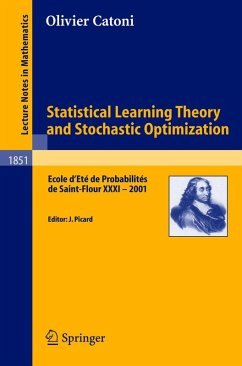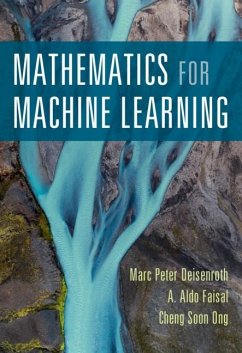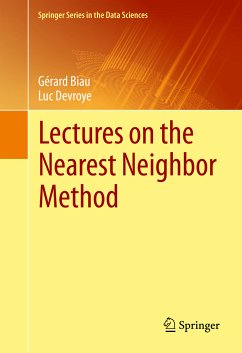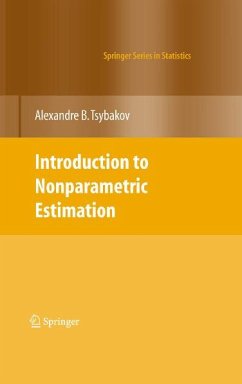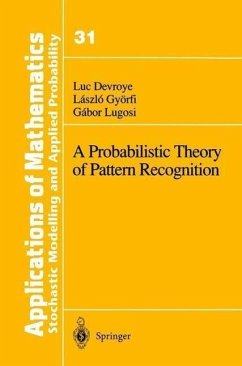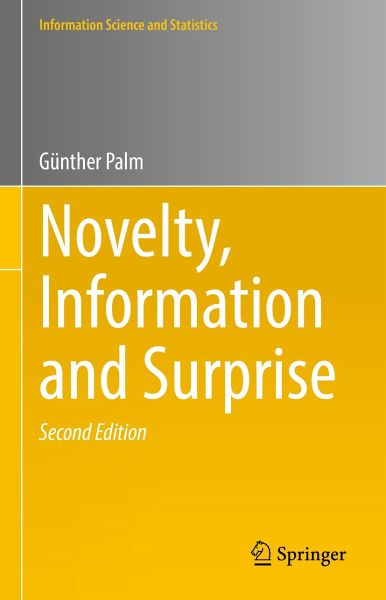
Novelty, Information and Surprise (eBook, PDF)
Versandkostenfrei!
Sofort per Download lieferbar
112,95 €
inkl. MwSt.
Weitere Ausgaben:

PAYBACK Punkte
56 °P sammeln!
This revised edition offers an approach to information theory that is more general than the classical approach of Shannon. Classically, information is defined for an alphabet of symbols or for a set of mutually exclusive propositions (a partition of the probability space O) with corresponding probabilities adding up to 1. The new definition is given for an arbitrary cover of O, i.e. for a set of possibly overlapping propositions. The generalized information concept is called novelty and it is accompanied by two concepts derived from it, designated as information and surprise, which describe "o...
This revised edition offers an approach to information theory that is more general than the classical approach of Shannon. Classically, information is defined for an alphabet of symbols or for a set of mutually exclusive propositions (a partition of the probability space O) with corresponding probabilities adding up to 1. The new definition is given for an arbitrary cover of O, i.e. for a set of possibly overlapping propositions. The generalized information concept is called novelty and it is accompanied by two concepts derived from it, designated as information and surprise, which describe "opposite" versions of novelty, information being related more to classical information theory and surprise being related more to the classical concept of statistical significance. In the discussion of these three concepts and their interrelations several properties or classes of covers are defined, which turn out to be lattices. The book also presents applications of these concepts, mostlyin statistics and in neuroscience.
Dieser Download kann aus rechtlichen Gründen nur mit Rechnungsadresse in A, B, BG, CY, CZ, D, DK, EW, E, FIN, F, GR, HR, H, IRL, I, LT, L, LR, M, NL, PL, P, R, S, SLO, SK ausgeliefert werden.







